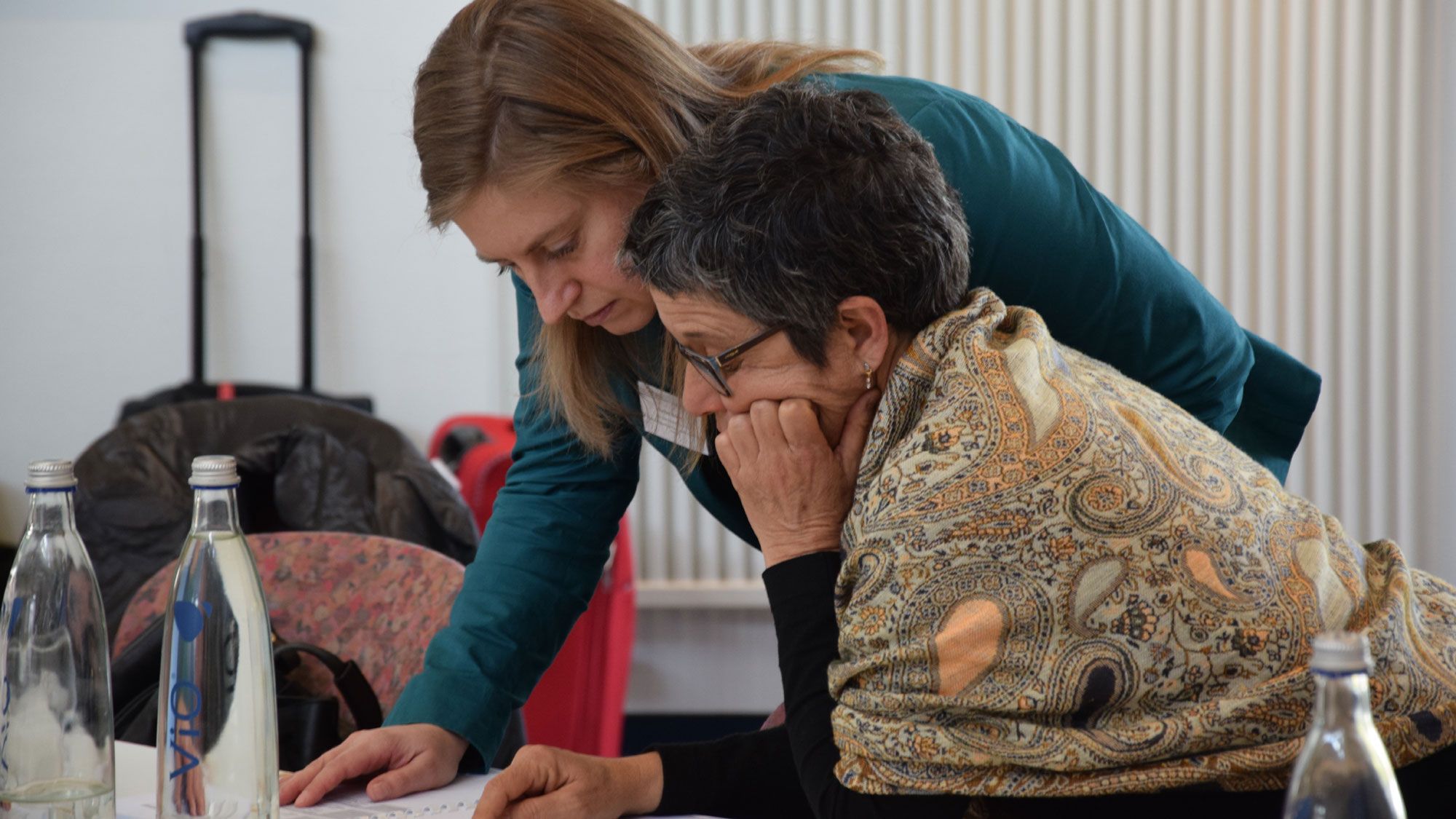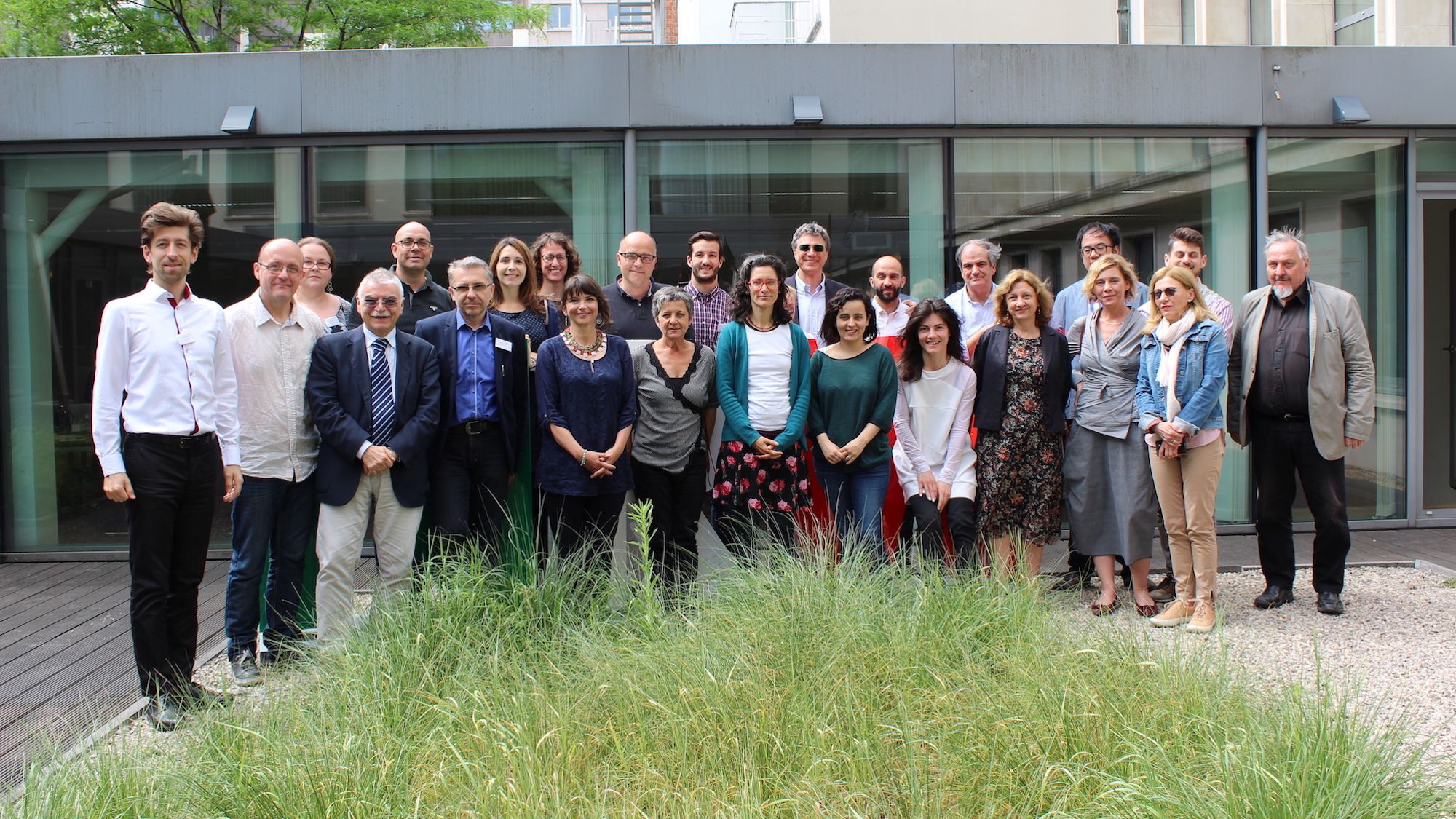Youth Policy
Youth policy as a special field of policy is designed to improve young people’s living conditions and opportunities as well as to support their equal possibilities to participate in economic, social and political life. Youth, however, can be seen and described in various ways, which result in different youth policy strategies, which can be different in various national and regional contexts. Youth policy has various tasks covering many areas of social policy such as housing, health care, education and work. In EU youth strategy covering the years 2018-2020 the main objectives are to provide more and equal opportunities for young people in education and the job market, and to encourage young people to actively participate in society. These strategic objectives of European youth policy, as well as other lifelong learning policies are connected with both promoting economic growth and guaranteeing social inclusion. Even though these aims are often seen as interlinked there is also tension between them, which is reflected on the ways the implementations based on these aims create different understandings and constructs of their target groups.
Large part of European youth policy is based on the understanding of youth as transitional phase, which has been reflected in transition policies with the aim of promoting smooth school-to-work transitions of young people. The primary target group for current European youth policy usually is young people aged 15-24, and especially those defined as ‘vulnerable’. The conceptualization of young people as ‘vulnerable’ has played a decisive role in shaping recent cross-sectional youth policies and educational practices related to young people. However, categorizations such as ‘vulnerable’ or ‘at risk youth’ are not neutral but constructed, at least partly, by policies themselves, meaning that these policies and practices do not only falls upon young people and support their integration but also create and construct the stereotypic images of ‘problem’ youth. It has been argued that in neo-liberal policy discourses vulnerability becomes tied to a ‘conversion narrative’ that renders social–structural marginalization an individual responsibility and re-inscribes developmental explanations of social exclusion. The ultimate issue in youth policy relates to understanding of young people on the one hand as a resource and as a problem on the other. How the aspects of social integration and social control are present in the policy initiatives and programs targeted to young people, are based on this understanding.
In YOUNG_ADULLLT project, policies targeted to young people and young adults are perceived as being fragmented with regard to their scope, orientation and objectives. In the project, the ambivalent and potentially competing objectives and implementation of these policies, as well as their intended and unintended effects on young adults’ life courses are analyzed by focusing on the interplay of individual, institutional and structural level factors and based on three major theoretical perspectives – Cultural political Economy, Life Course Research and Governance studies.
References
Ecclestone, K., & L. Lewis. (2014). Interventions for Resilience in Educational Settings: Challenging Policy Discourses of Risk and Vulnerability. Journal of Education Policy, Vol. 29, No. 2, pp. 195–216.
European Commission (2010). Youth on the move, Luxembourg: Publications Office of the European Union.
European Commission (2016). EU Youth report 2015, Luxembourg: Publications Office of the European Union.
McLeod, J. (2012). Vulnerability and the neo-liberal youth citizen. Comparative Education, Vol 48, No. 1, pp. 11–26.
(Tero Järvinen & Heikki Silvennoinen)
























